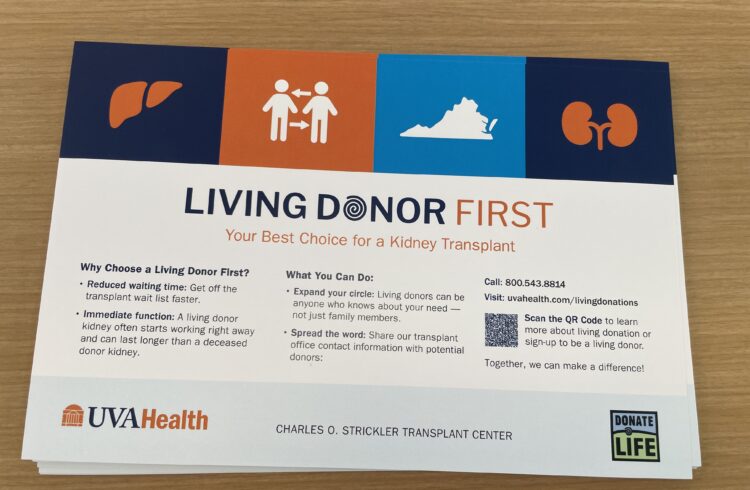
Strange rings of DNA that exist outside chromosomes are distinct to the cell types that mistakenly produced them, researchers have discovered. The finding raises the tantalizing possibility that the rings could be used as an indicator of different types of cancer .
MicroDNAs, as the new class of DNA has been named, were first discovered by a team of researchers at the School of Medicine . Following up on that discovery, the researchers – led by Anindya Dutta, MD, PhD, chairman of the Department of Biochemistry and Molecular Genetics – have established that microDNAs are lineage-specific: Different cell types, such as prostate cancer cells or ovarian cancer cells, produce microDNAs that are unique to that cell type. That makes them a potential biomarker with the ability to reveal the biological processes, and mistakes, behind their production.
A product of errors
MicroDNAs are too small to encode for any genes but have been found to exist in all cell types of the human body due to errors during the DNA copying process. MicroDNAs are produced from the active parts of the genome and from the part of the genome that is most susceptible to “stickiness,” and therefore leads to damage, during the RNA transcription process.
Certain sections of DNA, called the GC base pairs, are held tightly together. While being transcribed on these more compact and stickier sections of DNA, RNA can adhere and form loops, which are then removed by a repair pathway, forming microDNAs.
Hope for a cancer test
A defect in the pathway that corrects DNA damage, the mismatch repair pathway, highly increases the susceptibility to colon and other cancers in humans. Cancer cells, which have undergone genetic mutations and errors, have high levels of microDNAs, allowing their presence in large number to be exploited as a biomarker for cancer.
“One of our favorite hopes is that sometime in the future, we will find that there are microDNAs circulating in the blood, and by seeing from which portion of the genome the microDNAs are coming, we can say ‘Ah ha, these are coming from say ovarian cancer cells, and these are much higher in number than they should be, so perhaps the person has a very early stage ovarian cancer, that can then be treated very effectively by surgery,’” Dutta said.
Findings published online
The discovery has been described in a paper published online by the scientific journal Cell Reports . It was authored by Laura Dillon, Pankaj Kumar, Shunichi Takeda (University of Kyoto, Japan), Yves Pommier (National Cancer Institute, Bethesda, Md.), Jack Griffith (University of North Carolina at Chapel Hill), Yuh-Hwa Wang and Dutta. The work was supported by fellowships to Dillon (Ovarian Cancer Research Fund) and Kumar (Department of Defense, Prostate Cancer Research Program) and by National Institutes of Health grants R01CA60499, P01CA104160, T32CA009109, GM31819, EM13773 and R01GM101192.



